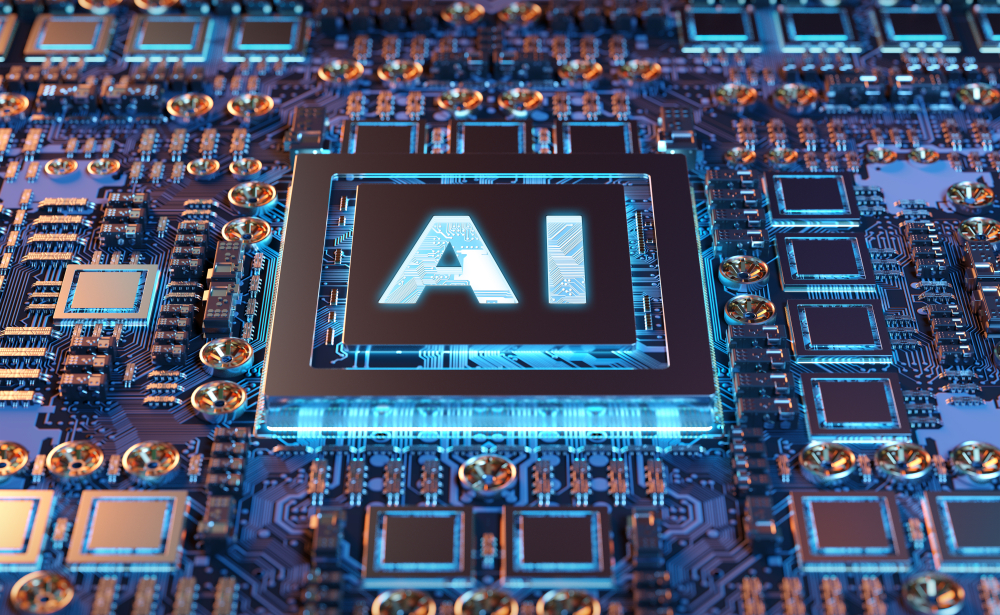NVIDIA Hands DGX Spark to SpaceX, Unlocks Petaflop AI

In a landmark moment for AI and space technology, NVIDIA founder and CEO Jensen Huang personally delivered the company’s newly launched DGX Spark system to SpaceX, coinciding with preparations for the 11th test flight of Starship, the world’s most powerful launch vehicle.
The handoff took place amid rows of towering rocket engines and gleaming steel, with engineers on site waving as Huang walked past.
Huang reflected on NVIDIA’s journey, recalling the delivery of the first DGX system to OpenAI and highlighting how DGX Spark expands that mission.
“Imagine delivering the smallest supercomputer next to the biggest rocket,”
he remarked.
DGX Spark is a compact yet high-performance AI supercomputer, weighing just 1.2 kilograms—roughly the size of a hardcover book and a piece of origami paper.
Despite its small form factor, it delivers one petaflop of AI performance with 128GB of unified CPU-GPU memory, enabling developers, researchers, and creators to prototype, fine-tune, and run large-scale models locally without depending on cloud instances.
The system also features NVIDIA GB10 Grace Blackwell Superchip, NVMe storage, NVIDIA ConnectX networking for clustering, and NVLink-C2C providing five times the PCIe bandwidth, as well as HDMI output for visuals.
Beyond hardware, DGX Spark comes preloaded with NVIDIA’s full AI software stack, including frameworks, libraries, pretrained models, and NVIDIA NIM microservices. This enables creators to deploy cutting-edge workflows, from customizing image-generation models like FLUX.1 to building vision search agents via NVIDIA Cosmos and deploying optimized chatbots using Qwen3.
Huang emphasized that DGX Spark is not just a development box, it’s a launchpad for creativity. Its compact design allows petaflop AI performance to reach robotics labs, creative studios, universities, and innovative enterprises, putting high-powered AI directly into the hands of those shaping the future of artificial intelligence.
As NVIDIA continues DGX Spark deliveries—from Ollama in Palo Alto to Arizona State University’s robotics lab, and from Refik Anadol’s studio to Zipline—the system represents a new era where supercomputer-class AI is portable, accessible, and ready to power innovation beyond the data center.
